Medical Equipments
A surgical instrument is a specially designed tool or device for performing specific actions or carrying out desired effects during a surgery or operation, such as modifying biological tissue, or to provide access for viewing it. Over time, many different kinds of surgical instruments and tools have been invented. Some surgical instruments are designed for general use in surgery, while others are designed for a specific procedure or surgery. Accordingly, the nomenclature of surgical instruments follows certain patterns, such as a description of the action it performs (for example, scalpel, hemostat), the name of its inventor(s) (for example, the Kocher forceps),[1]or a compound scientific name related to the kind of surgery (for example, a tracheotome is a tool used to perform a tracheotomy).
The expression surgical instrumentation is somewhat interchangeably used with surgical instruments,[2] but its meaning in medical jargon is really the activity of providing assistance to a surgeon with the proper handling of surgical instruments during an operation, by a specialized professional, usually a surgical technologist or sometimes a nurse or radiographer.
Medical equipment
Diagnostic equipment includes medical imaging machines, used to aid in diagnosis. Examples are ultrasound and MRI machines, PET and CTscanners, and x-ray machines.
Treatment equipment includes infusion pumps, medical lasers and LASIK surgical machines.
Life support equipment is used to maintain a patient's bodily function. This includes medical ventilators, incubators, anaesthetic machines, heart-lung machines, ECMO, and dialysis machines.
Medical monitors allow medical staff to measure a patient's medical state. Monitors may measure patient vital signs and other parameters including ECG, EEG, and blood pressure.
Medical laboratory equipment automates or helps analyze blood, urine, genes, and dissolved gases in the blood.
Diagnostic Medical Equipment may also be used in the home for certain purposes, e.g. for the control of diabetes mellitus
Therapeutic: physical therapy machines like continuous passive range of motion (CPM) machines
A biomedical equipment technician (BMET) is a vital component of the healthcare delivery system. Employed primarily by hospitals, BMETs are the people responsible for maintaining a facility's medical equipment. BMET mainly act as an interface between doctor and equipment.


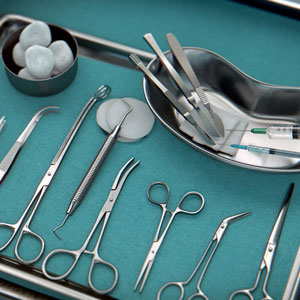
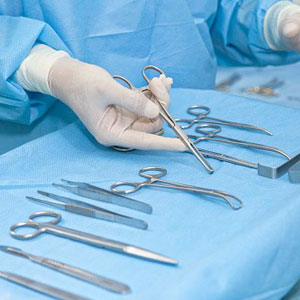
Healthcare Division
Medical Gases (Oxygen, Nitrogen, Nitrous Oxide, Carbon Di-oxide, Helium, Gas Mixture), Equipment (Delivery System, Oxygen Generator, Cryogenic Freezer, Oxygen Concentrator), Application (Respiratory Devices, Anesthesia, Medical Imaging).
Medical Gases
Pure Medical Gases, by Type
Oxygen
Carbon Di-oxide
Nitrogen
Nitrous Oxide
Medical Air
Helium
Pure Medical Gases, by Form of Delivery
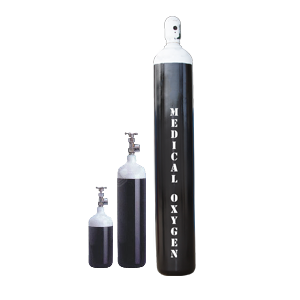
High Pure Gases in High Pressure
Cylinders A, B, D Type.
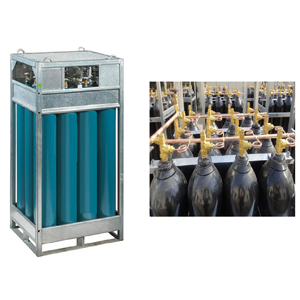
Bundles Racks/ Cylinders Interconnecting Manifold System
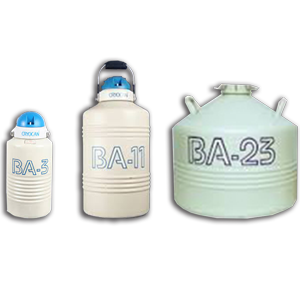
Cryogenic liquid containers - Dewar flasks - Cryo can
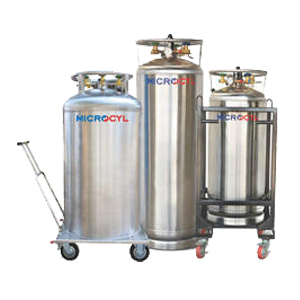
Liquid Duro Cylinders Cryogenic product
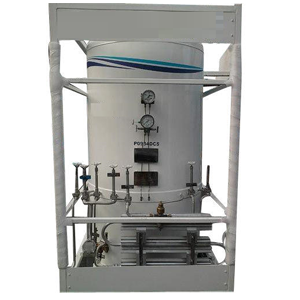
1 KL Tank - Liquid (Cryogenic) Supply.

Bulk Delivery - Higher Capacity Tank(Vacuum insulated storage Tank)
Medical Gas Mixtures
Blood Gas Mixtures
Lung Diffusion Mixtures
Nitrous Oxide-Oxygen Mixtures
Carbon Dioxide-Oxygen Mixtures
Laser Gas Mixtures
Aerobic Mixtures
Anaerobic Mixtures
Ethylene Oxide
Helium Oxygen Mixtures
Medical Gas Equipment
Equipment Accessories
Vacuum Systems
Manifolds
Regulators
Flowmeters
Suction Regulators
Hose
Outlets
Monitoring Systems (Alarms & Monitors)
Oxygen Concentrators
Gas Delivery Systems
Cryogenic Products (Freezers)



